Steve Dunn, Queen Mary University of London, and James R. Durrant, Imperial College London, discuss their latest work on photovoltaic devices.
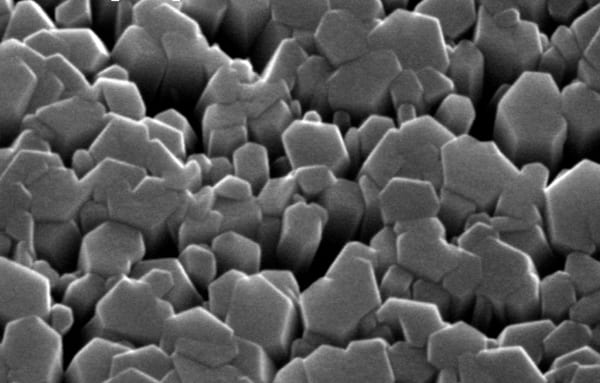

Steve Dunn, Queen Mary University of London, and James R. Durrant, Imperial College London, discuss their latest work on photovoltaic devices.

Danish and German researchers applied a controllable method to peel carbon nanotubes and form nano-protrusion structures.
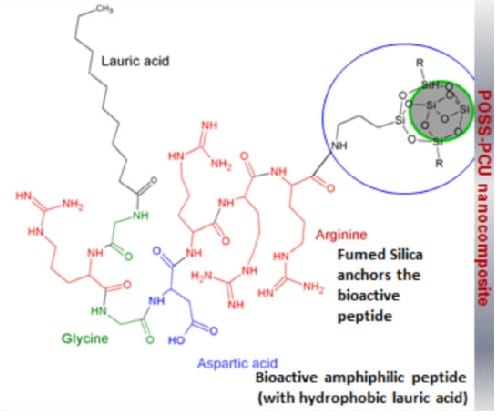
Fumed silica nanoparticles are functionalised to have ‘tethering’ proteins and link bioactive groups to induce biomimicry.
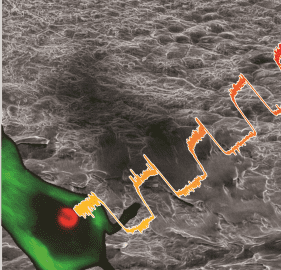
Oxygen-responsive hydrogels for non-invasive subcutaneous oxygen monitoring is reported by Prof. Jon Lovell and co-workers at the University of Buffalo.

A new Focus issue in pss (RRL) with 10 Reviews and 21 Letters provides an overview on the state-of-the-art in the field of semiconductor nanowires.
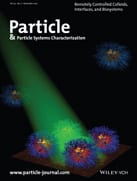
The first topical Special Issue of Particle & Particle Systems Characterization – guest edited by Gleb Sukhorukov, Igor Luzinov, and Sergiy Minko.

Researchers develop inproved upconversion nanoparticles for medical imaging.
Researchers design and develop a novel type of disulfide core-crosslinked polyurethane micelle for anti-cancer drug delivery.
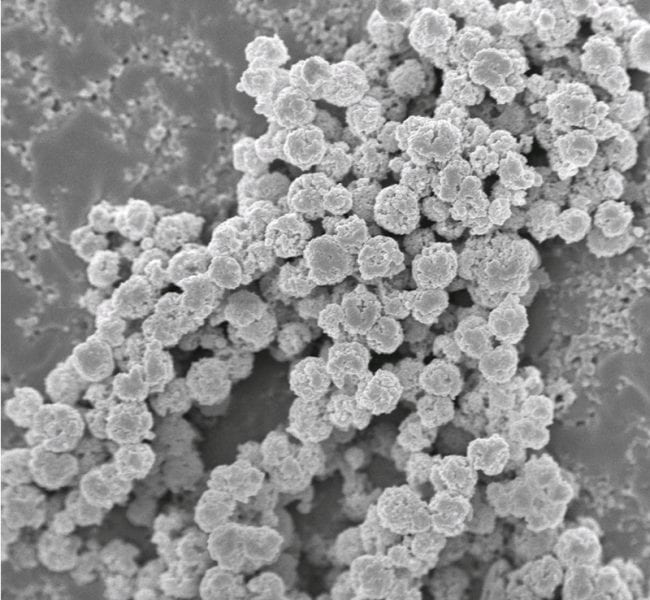
An antigen delivery system based on quaternized chitosan hydrogel microparticles has been developed at the Chinese Academy of Sciences.
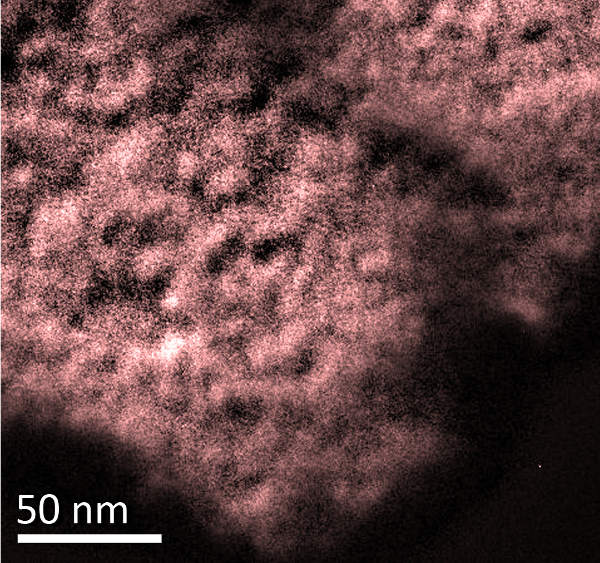
Researchers suggest a novel, mesoporous, nitrogen-doped carbon (MPNC)-sulfur nanocomposite material as a cathode for lithium-sulfur batteries.